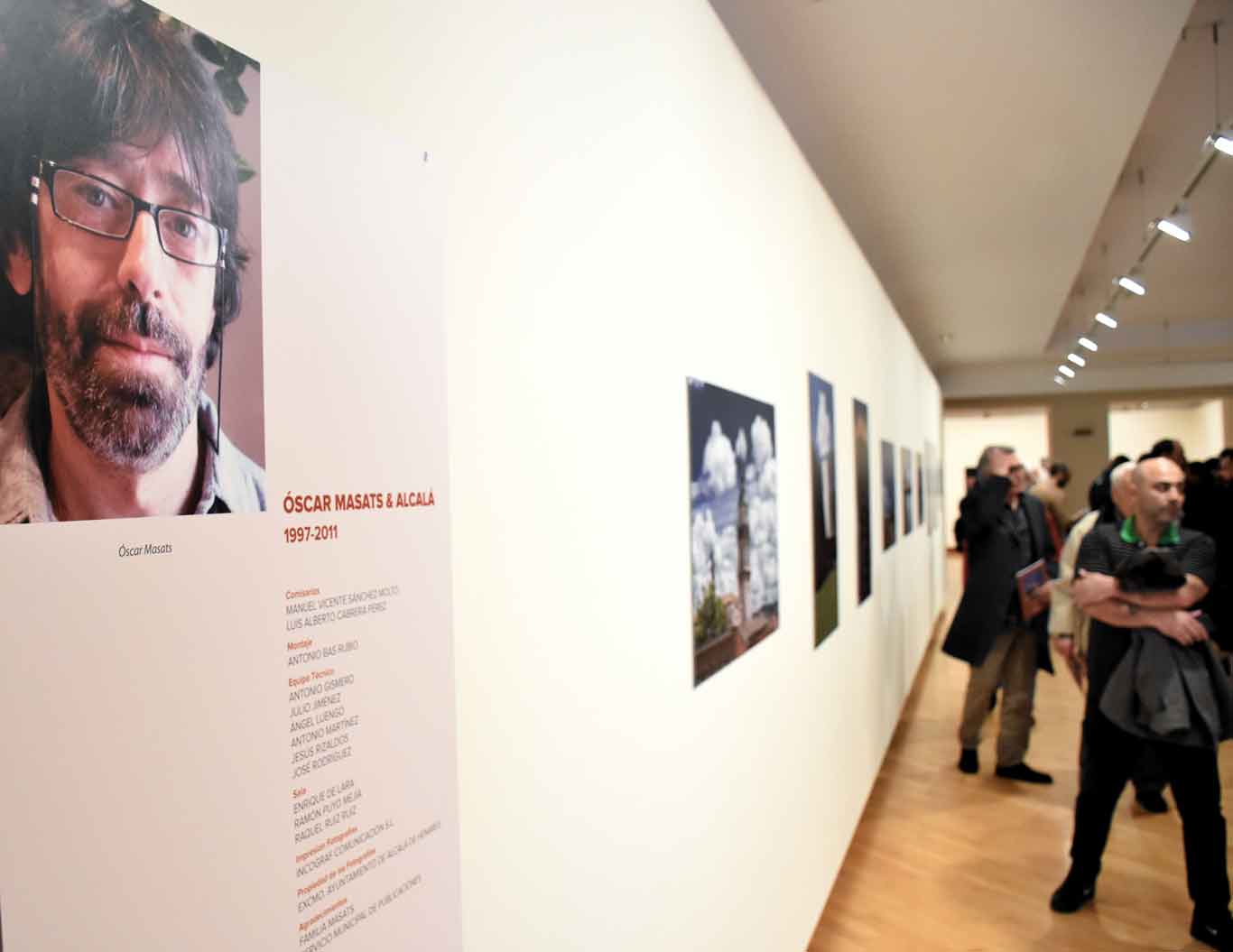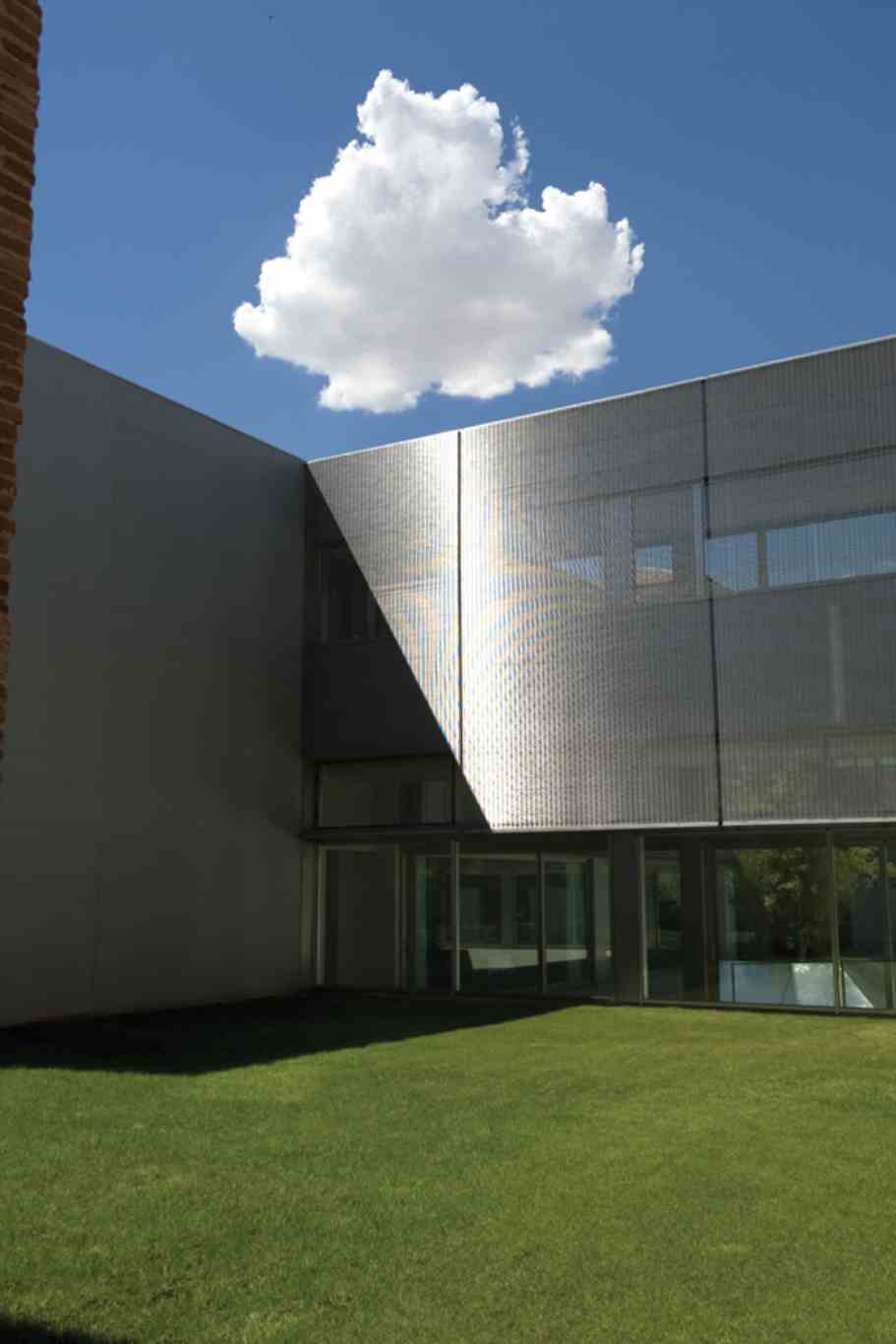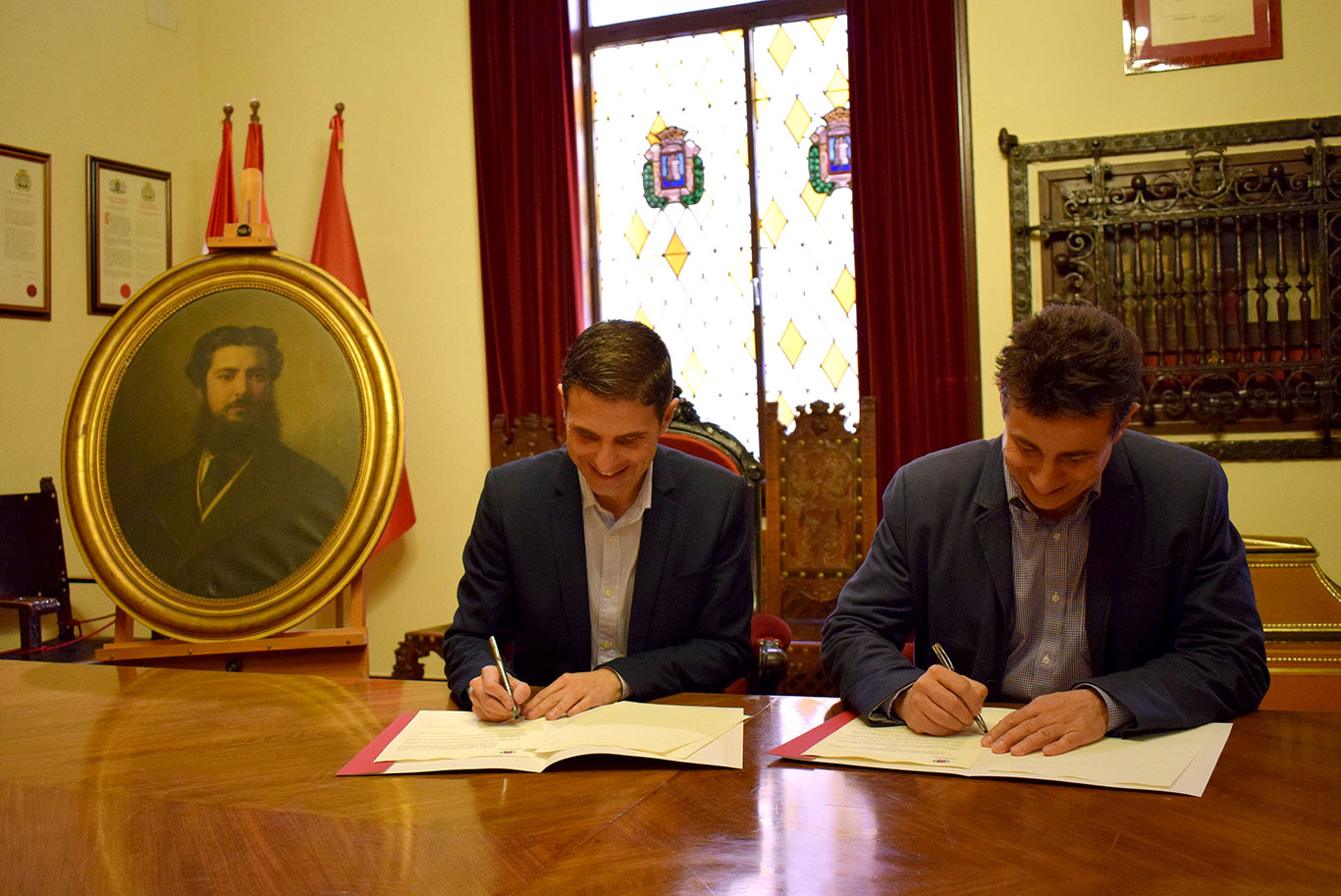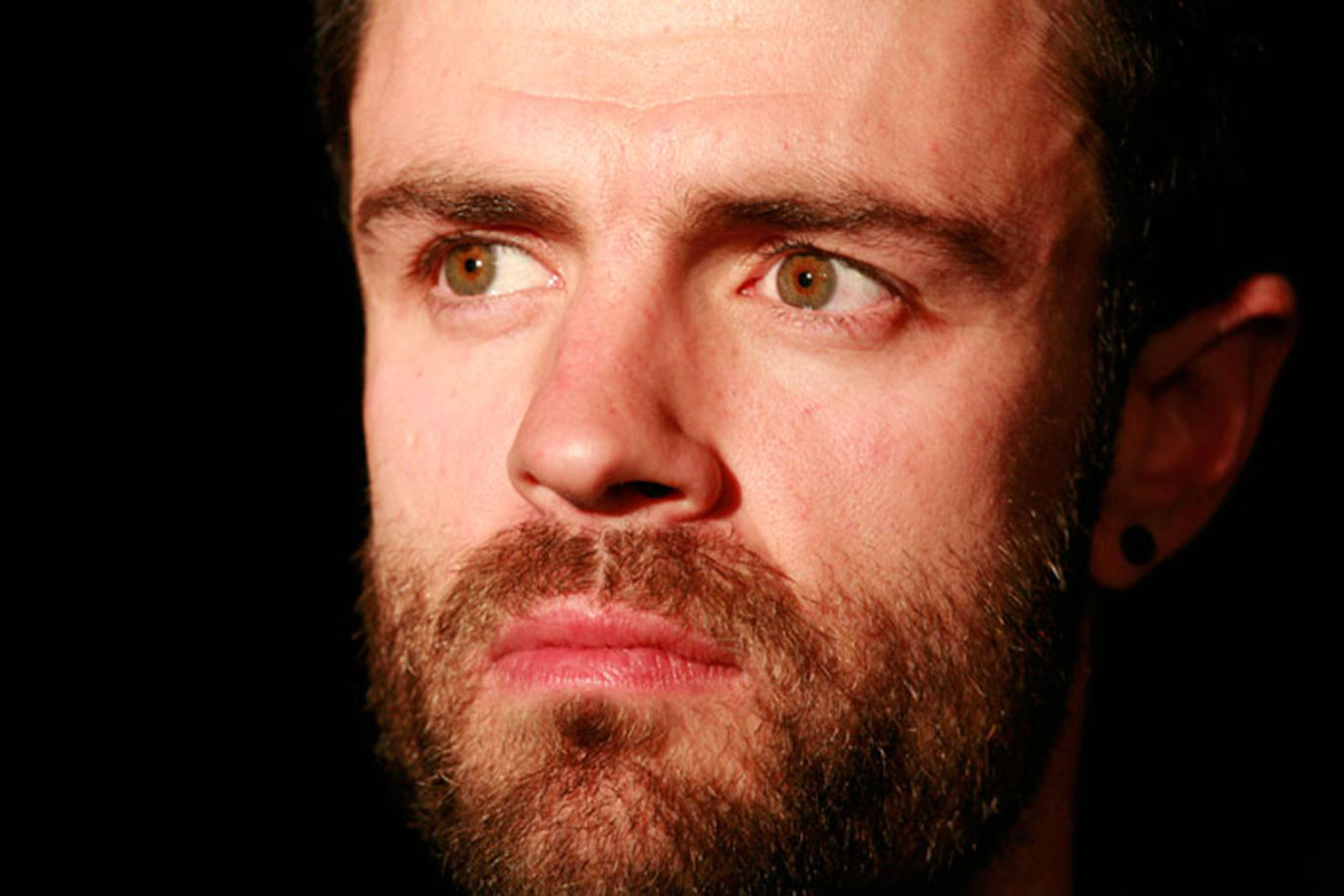Los concursos de disfraces y comparsas, un gran baile de carnaval, pasacalles y actuaciones se sucederán desde el viernes hasta el domingo, y el, 1 de marzo, miércoles, tendrá lugar el tradicional entierro y posterior quema de la sardina.
Para participar en los concursos, los interesados pueden inscribirse hasta 24 de febrero en la Oficina de Información y Turismo de la Plaza de los Santos Niños.
Viernes 24 de febrero
Las actividades comenzarán el viernes, 24 de febrero, a las 15:30 horas de la mano de la Escuela Municipal Arco Iris con un pasacalles formado por alumnos, profesores y padres que recorrerán el trayecto desde la escuela hasta la Plaza de Cervantes.
A su llegada sobre las 16:15 horas, aproximadamente, los educadores de dicha escuela representarán la obra de teatro titulada ‘de mayor quiero ser feliz’.
Sábado 25 de febrero
El sábado, 25 de febrero, a las 18:00 horas tendrá lugar el Concurso de Comparsas que comenzará con un pasacalles desde la Plaza de los Santos Niños hasta la Plaza de Cervantes (kiosco de la música) por calle Mayor y acompañado por el pasacalles ‘100 años de cine OFM al mejor estilo de las estrellas’, pasacalles homenaje al cine, con personajes míticos, danzas con diferentes ritmos y muchas sorpresas. Este pasacalles está organizado por el programa ‘Redes para el tiempo libre. Otra forma de Moverte‘.


A continuación, a las 19:00 horas La Orquesta Valencia amenizará el Gran Baile de Carnaval en la Plaza de Cervantes. En el descanso del baile, se procederá a la entrega de premios del Concurso de Comparsas, que serán de 1.000, 500 y 300 euros respectivamente, para los tres primero clasificados.
Domingo 26 de febrero
El domingo de 11:00 a 14:00 horas, la Plaza de Cervantes albergará un gran parque infantil gratuito. A las 11:00 horas dará comienzo el pasacalles del Concurso Infantil de Disfraces, en el que podrán participar niños y niñas hasta 12 años.
Los concursantes desfilarán desde la Plaza de los Santos Niños hasta la Plaza de Cervantes, a través de la Calle Mayor, acompañados de un pasacalles de formado por Gigantes y Cabezudos.
A las 11:30 dará comienzo el concurso y su término se proclamarán los ganadores de los premios que según las bases se establece serán: un primer premio que consistirá en dos vales, unos de 100 euros para libros y otro de 75 euros para material escolar; un segundo premio que será un vale de 100 euros para libros, el tercero será un vale de 75 euros para material escolar, el cuarto un vale de 50 euros para libros y el quinto un vale de 40 euros para material escolar.


Por la tarde, a partir de las 17:30 horas será el turno del Concurso General, que comenzará también con un pasacalles desde la Plaza de los Santos Niños hasta la Plaza de Cervantes, previo a la celebración del Concurso.
Al término del concurso tendrá lugar la actuación del Taller de Danza y de las escuelas invitadas ‘Paso a paso’, ‘La Clave’ y ‘Ovat’. En el descanso se procederá a la entrega de los premios del Concurso de Disfraces, que consistirán en un primer premio de 200 euros, un segundo premio de 150 euros y un tercer premio de 100 euros. Además los tres primeros clasificados recibirán una tarjeta de ‘Amigos del Teatro’.
Entierro de la Sardina
El carnaval finalizará el miércoles, 1 de marzo, con el tradicional Entierro de la Sardina que se celebrará partir de las 7 de la tarde y que partirá desde la Plaza de Cervantes y recorrerá la Calle Mayor, Plaza de los Santos Niños, Calle San Juan, Calle Cardenal Sandoval y Rojas y llegará hasta la Huerta del Palacio Arzobispal, donde se procederá a la quema de la sardina que portarán los miembros de la Peña El Hormigón.


Más información
Programa del Carnaval de Alcalá 2017
Leer más sobre: Carnaval 2017










































































